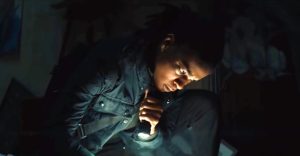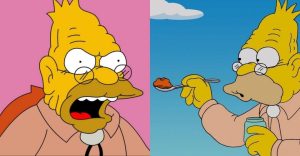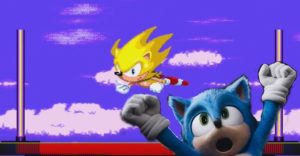I’m Sorry, Dave: 10 Behind-The-Scenes Facts About 2001: A Space Odyssey
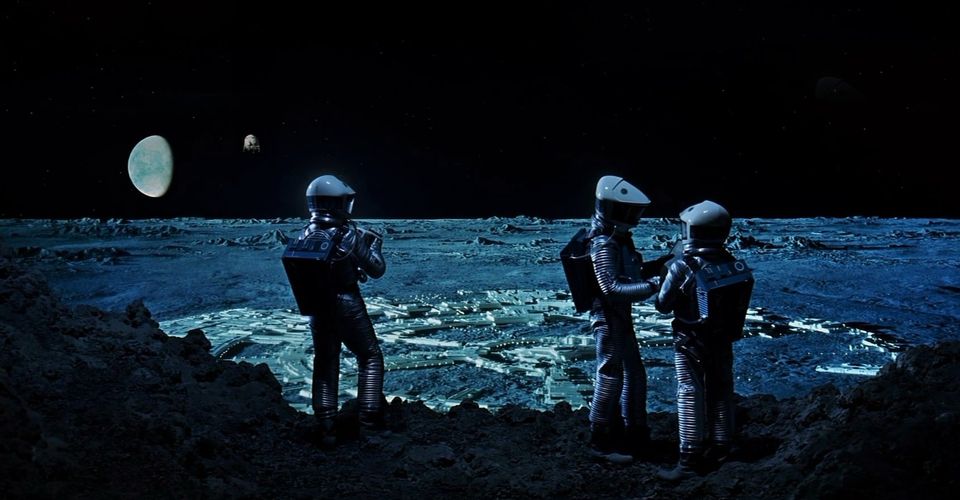
When Stanley Kubrick decided to direct the greatest masterpiece in the history of sci-fi cinema, he found that no science fiction novel was worthy of the breathtaking vision he wanted to bring to the screen, so he recruited Arthur C. Clarke — possibly the best sci-fi author of all time — to write one for him to adapt.
The result of this collaboration was 2001: A Space Odyssey, which managed to live up to Kubrick’s intention to create a benchmark for all science fiction movies that followed. But it wasn’t sure easy. Here are 10 fascinating details from the making of 2001: A Space Odyssey.
10 A Deleted Black-And-White Opening Saw Real Scientists Discussing Alien Life

Originally, 2001: A Space Odyssey had a 10-minute black-and-white opening in which real-life scientists, including Freeman Dyson, discussed possibilities about extraterrestrial life.
However, Stanley Kubrick decided to cut this opening and dive right into the story when he screened an early cut of the film for MGM executives.
9 241 People Walked Out During The Film’s Premiere

At the premiere screening of 2001: A Space Odyssey, a grand total of 241 audience members walked out of the theater in confusion. These attendees included Rock Hudson, who asked, “Will someone tell me what the hell this is about?”
According to Arthur C. Clarke, this was the intention. If 2001 could be completely understood and answered all the questions it asked, he would’ve felt like he and Kubrick failed.
8 Tons Of Sand Were Painted For The Moon Sequences

For the scenes set on the Moon, Stanley Kubrick had tons of sand imported. The sand was all washed and painted to resemble the color of the Moon’s surface. The stunning landscapes in the scenes set in Africa were still photographs blown up on a set as opposed to video footage.
Plus, the entire centrifuge of the Discovery was constructed on a single set that was designed to rotate when the actors were walking around it, like Frank’s jogging scene.
7 The Script Went Through A Ton Of Alternate Titles

Kubrick and Arthur C. Clarke considered naming the script and its companion novel Across the Sea of Stars, Earth Escape, Farewell to Earth, Jupiter Window, Planetfall, Tunnel to the Stars, and Universe before settling on 2001: A Space Odyssey as a reference to Homer’s Odyssey.
6 Psychedelic Drug Users Made The Movie A Box Office Hit
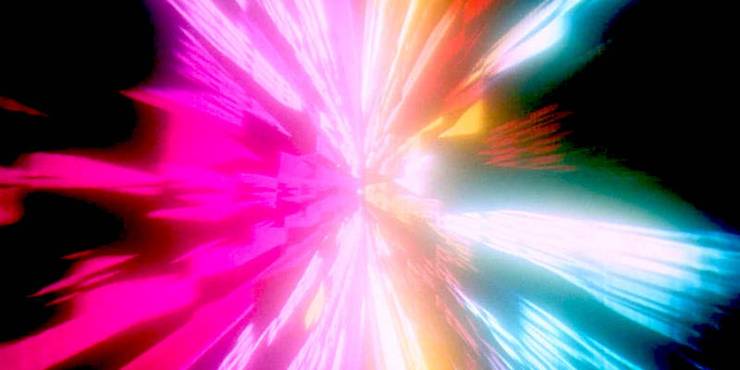
Although it eventually became a box office hit, 2001 was not a financial success at first. MGM executives considered pulling it out of theaters early to cut their losses, but a few theater owners managed to convince them to keep showing it.
The theater owners had noticed that the movie had become popular among young adults, who wanted to take psychedelic drugs while watching the trippy “Star Gate” sequence, which made the movie a blockbuster.
5 According To Douglas Trumbull, 0.5% Of The Footage Shot Ended Up In The Movie

According to Douglas Trumbull, who worked as a special photographic effects supervisor on 2001, Stanley Kubrick and his cinematographer Geoffrey Unsworth shot 200 times more footage than ended up in the final cut of the film.
Scenes that ended up on the cutting room floor include a few more space walks, HAL turning off radio contact with Poole (explaining why the A.I. tells Bowman that the radio is “still dead”), and further exploration of day-to-day activities on the Discovery.
4 Arthur C. Clarke Objected To HAL Reading Lips

One of the revisions that Stanley Kubrick made to the screenplay that his co-writer Arthur C. Clarke wasn’t happy with was giving HAL the ability to read the astronauts’ lips when they were in the pod.
However, Clarke later changed his mind when he discovered that computers at the time had been developed that could read lips.
3 Pink Floyd Turned Down The Chance To Write The Score For 2001

Early in the development of 2001, legendary prog rock band Pink Floyd was offered the chance to compose the film’s score, but they turned it down and Kubrick ended up scoring the movie with classical compositions. Roger Waters has since said that turning down Kubrick’s offer was one of the biggest regrets of his career.
Apparently, Floyd’s song “Echoes” was written to sync up with the final act of 2001. Kubrick later asked the band to score A Clockwork Orange, but they similarly turned down that offer.
2 Stanley Kubrick Provided The Breathing Heard In The Space Suits

During the stunning space walk scenes in 2001, the astronauts’ breathing in their space suits is all that can be heard. According to Katharina Kubrick, this breathing was provided by Stanley Kubrick himself.
1 NASA Experts Designed The Sets

Stanley Kubrick and Arthur C. Clarke went to extreme lengths to ensure that 2001 would be as realistic as possible. Apparently, the equipment that the characters bring to the Moon would actually work on the surface of the actual Moon.
Experts from NASA and IBM were brought in to design the sets to ensure that they would be authentic, while Clarke regularly called fellow sci-fi author Isaac Asimov to discuss biochemical processes.
About The Author











